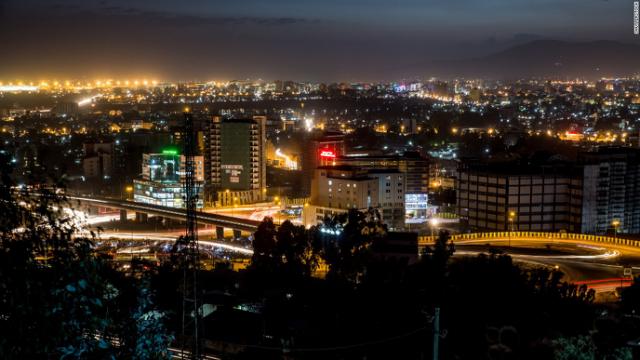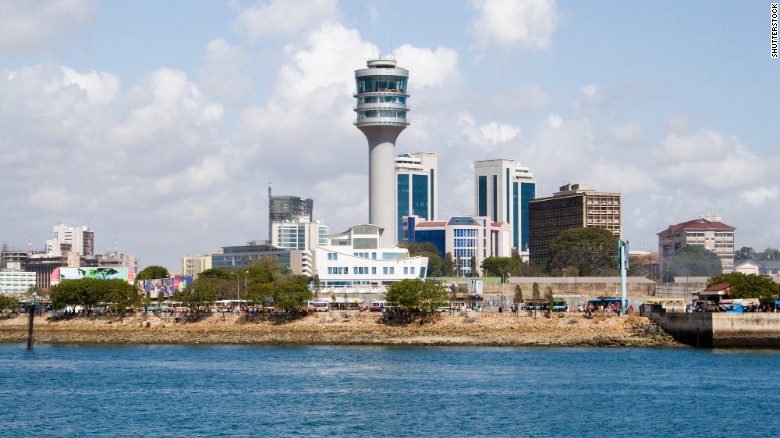Currently the seventh-most populous country in the world, the West African nation is projected to surpass the 300 million people mark by 2050, according to
The World Population Prospects 2017.
The report predicted that the world population will hit a
staggering 9.8 billion by 2050, and forecasted that over half of the expected growth between 2017 and 2050 is likely to occur in Africa.
Here are five African countries that will contribute the most to the world’s population growth.
With an estimated population of more than 180 million people, Nigeria experienced annual population growth of about 2.7% between 2010 and 2015, according to the UN.
Home to four of the world’s fastest-growing cities, it has been described as an economic powerhouse. However, there are fears that such an increase in population could cripple Nigeria’s already inadequate infrastructure.
The Democratic Republic of Congo
The Democratic Republic of Congo
is the largest country in Francophone Africa, with
annual population growth of 3.2%. As in Nigeria, Tanzania, Uganda and Afghanistan, high fertility levels have contributed to the country’s population increase.
The fertility rate in 2016 was 4.53 births per woman.The country’s capital, Kinshasa, has the
third-largest urban agglomeration on the continent and is predicted to add more than
six million people to its population by 2025, cementing its status as an African mega-city.
Ethiopia
As well as a population boom, the country has experienced an economic boost and is
on target to become a middle-income country by 2025.Addis Ababa, the country’s capital and largest city, has an important role to play, but the city’s rapid development has
led to tensions and accusations of marginalization.
Tanzania
From 2010 to 2015, Tanzania experienced an
annual population growth rate of 3.2%, and its population is predicted to exceed 130 million by 2050.
Early motherhood, high fertility rates and falling mortality rates are some of the
reasons given for Tanzania’s population explosion.
According to the African Development Bank, Dar es Salaam, the country’s capital, is expected to grow by 85% from now until 2025. The city is expected to become a
mega-city by the 2030s.
Uganda
Uganda has one of the fastest growing populations in the world. Between 2010 and 2015,
it experienced an annual population growth rate of 3.3%.As in many African countries, high fertility rates are a major contributing factor to Uganda’s population figures. It has the
fifth-highest fertility rate in the world, with women having an average of 5.8 children in 2016.
The World Bank estimates Kampala, the country’s capital, will experience rapid urbanization and the population will
increase from six million in 2013 to more than 20 million by 2040.



















